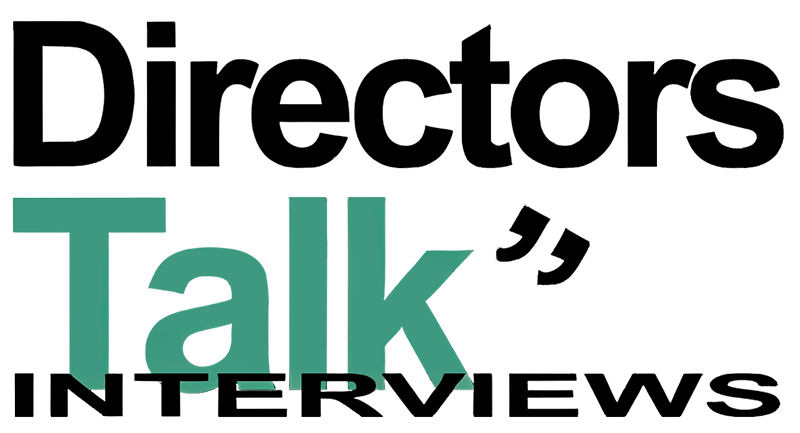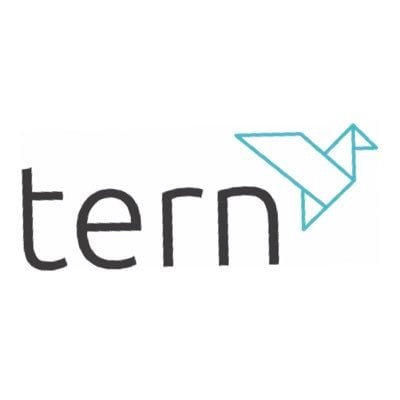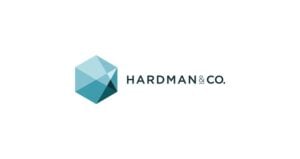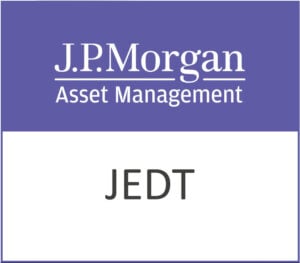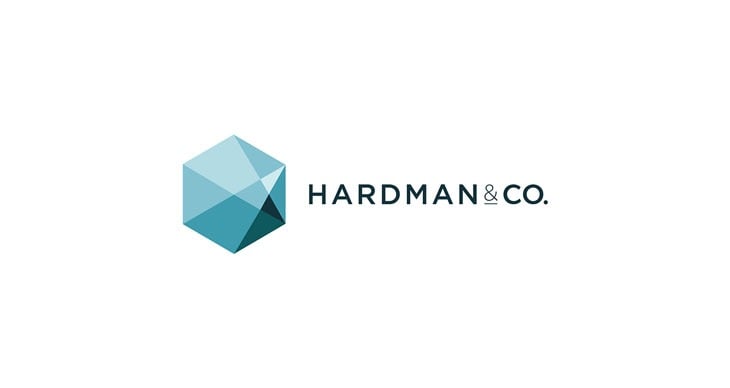In the spring of 2025 Whitehall quietly redrew the lines governing digital device security placing manufacturers and operators on the frontline of a new regulatory battleground.
The Cyber Resilience Bill extends far beyond yesterday’s baseline for cyber regulation demanding that anyone touching connected devices, from the smallest firmware maker to the largest service provider, must now navigate a web of exacting standards. No longer confined to critical national infrastructure, the legislation sweeps in managed service providers, digital platforms and data centres, with ministers retaining the power to add entire sectors such as manufacturing or utilities without enacting fresh laws. For investors this represents more than an administrative headache; it signals a shift in where risk and opportunity converge in the internet-of-things economy.
Under the new rules every incident of significance must be flagged at speed. An initial nod to regulators within 24 hours must be followed by a comprehensive account within 72 hours pinpointing root causes, impacts and remediation steps. Such compressed timelines will force device operators to overhaul their detection and response chain investing heavily in real-time monitoring and automated classification systems. Manufacturers too will face scrutiny of their firmware pipelines, expected to furnish traceability logs and verifiable integrity proofs on demand.
Supply chain accountability has also been redefined. Critical vendors will stand shoulder to shoulder with essential service operators under the watchful eye of the regulator. Device makers can no longer view themselves as peripheral; every supplier in the chain, from semiconductor fabricator to embedded software vendor, must demonstrate rapid patching processes and bullet-proof provenance tracking. That creates a premium for solutions that bake in identity attestation and tamper-proof audit trails from the design bench to the cloud.
Technical benchmarks have been lifted too. The Bill formally adopts the UK’s Cyber Assessment Framework, aligning local rules with the more demanding EU NIS2 regime and embedding Zero Trust principles at the heart of device lifecycles. Expectations around device identity, secure boot mechanisms and end-to-end encrypted communications will transform from recommended best practice to legal mandate. Organisations that have treated these as aspirational checkpoints must now accelerate their roadmap or risk non-compliance.
Regulators themselves will wield enhanced powers. The Information Commissioner’s Office gains authority to levy fees and demands without parliamentary input while ministers can issue emergency directives directly to companies during a cyber crisis. For investors this heightens the stakes around governance readiness and resilience planning, turning boardroom discussions on cyber strategy into a matter of regulatory survival as much as reputational risk.
Amid these sweeping changes the landscape for innovators shifts too. Companies offering turnkey device identity services, dynamic credential management and automated incident forensics stand to capture newfound demand. The need for transparent firmware provenance fuels interest in solutions that can immutably record every code change across sprawling IoT estates. Meanwhile, tools that enable rapid revocation or quarantine of compromised devices become indispensable as the clock ticks on 24-hour reporting windows.
Long-term positioning now hinges on demonstrating a proactive stance towards resilient architectures rather than reactive patchwork. Investors will look for management teams that have anticipated these rules, embedding Zero Trust by design and forging partnerships across the supply chain that streamline compliance rather than complicate it. The most resilient devices will be those whose security features are inseparable from their core value proposition.
With enforcement powers sharpened and expectations ratcheted higher, the UK’s Cyber Resilience Bill marks a turning point. What was once an optional layer of defence becomes a mandatory foundation of trust. For manufacturers and service providers alike the new regime demands an elevated level of accountability, agility and transparency, qualities that will distinguish long-term winners in the device security market.
Tern plc (LON:TERN) backs exciting, high growth IoT innovators in Europe. They provide support and create a genuinely collaborative environment for talented, well-motivated teams.
